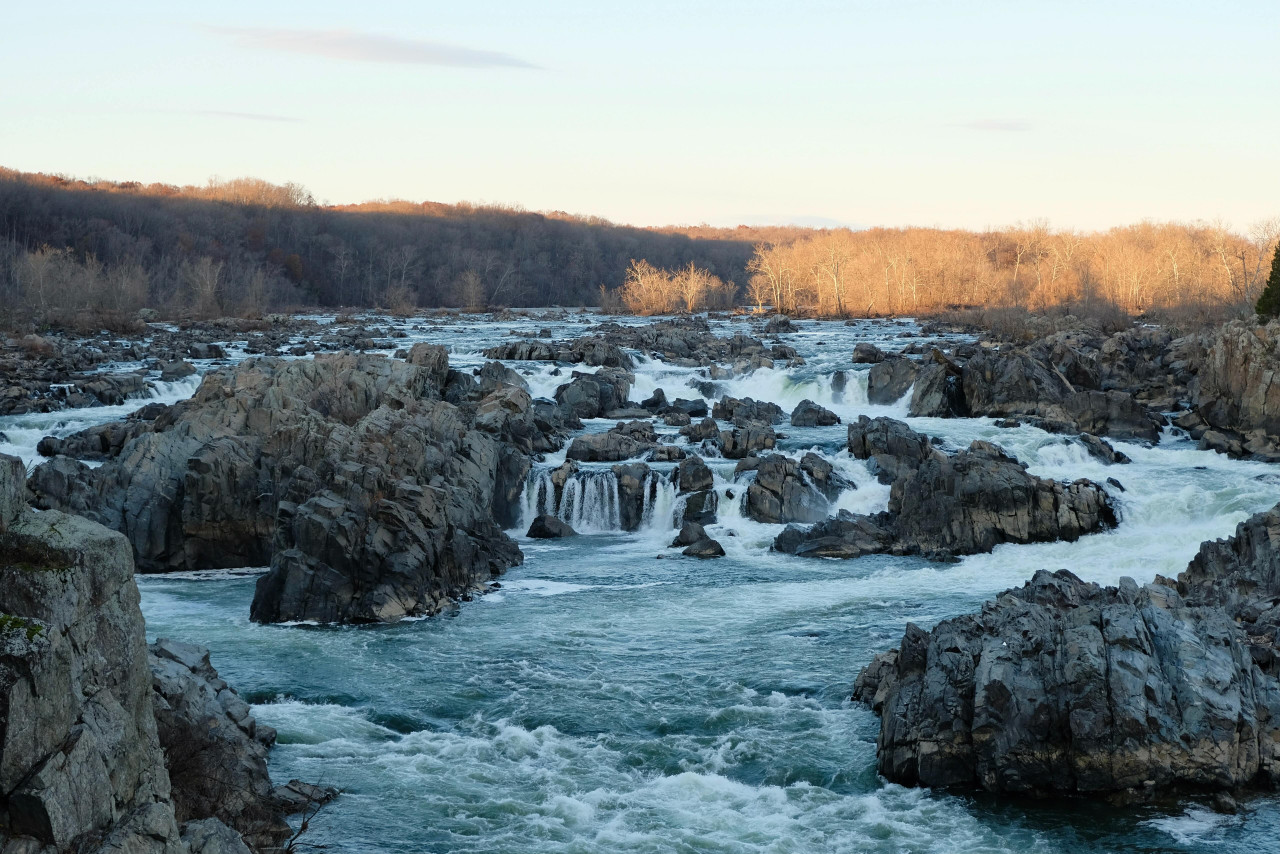Potomac River

Flowing gracefully through the Mid-Atlantic region of the United States, the Potomac River is more than just a waterway—it is a living testament to the rich tapestry of cultures that have shaped the landscape and identity of the region. From the Indigenous peoples who first inhabited its shores to the European settlers who followed, the Potomac River has served as a vital artery of commerce, communication, and culture for centuries. In this comprehensive exploration, we delve into the myriad ways in which the Potomac is culturally important, from its historical significance to its role as a source of inspiration and connection for diverse communities.
Indigenous Heritage:
Long before the arrival of European settlers, the Potomac River basin was home to numerous Indigenous tribes, each with its own unique culture, traditions, and spiritual connection to the land and waters. For these Native American communities, the Potomac held profound significance as a source of sustenance, transportation, and cultural identity. Fishing, hunting, and gathering along the river’s shores were essential aspects of Indigenous life, providing not only food and resources but also opportunities for social interaction and ceremonial rituals.
The Potomac River basin was inhabited by several Indigenous tribes, including the Piscataway, Powhatan, and Susquehannock, each of which left its mark on the landscape and culture of the region. These tribes developed complex social structures, artistic traditions, and oral histories that were passed down through generations, enriching the cultural fabric of the Potomac basin.
European Settlement and Exploration:
The arrival of European explorers and settlers in the 17th century brought profound changes to the cultural landscape of the Potomac River basin. Colonists from England, France, and other European powers established trading posts, towns, and plantations along the river’s banks, introducing new technologies, crops, and customs to the region.
One of the most significant cultural influences on the Potomac River basin was the establishment of the colonial capital of Williamsburg, Virginia, which served as a hub of political, economic, and cultural activity in the 18th century. As the seat of the Virginia colony, Williamsburg played a central role in shaping the cultural identity of the region and fostering intellectual exchange and artistic expression among its diverse inhabitants.
The Potomac River and the Founding of the Nation:
The Potomac River played a pivotal role in the founding of the United States, serving as a backdrop for key events in the nation’s history and shaping the ideals and aspirations of its founding fathers. George Washington, the nation’s first president, was intimately connected to the Potomac, having been born and raised along its shores in Virginia.
Washington’s vision for a national capital situated along the Potomac River led to the establishment of Washington, D.C., as the seat of government for the fledgling nation. The Potomac became not only a physical boundary between the North and South but also a symbol of unity and democracy, embodying the ideals of freedom and opportunity upon which the nation was founded.
Cultural Heritage and Recreation:
Today, the Potomac River continues to be a vibrant cultural hub, drawing visitors from near and far to its shores to experience its natural beauty, recreational opportunities, and rich cultural heritage. The river’s scenic landscapes, historic landmarks, and diverse communities offer a wealth of experiences for visitors of all ages and interests. The principal tributaries of Potomac is Anacostia River, Antietam Creek, Conococheague Creek, Monocacy River, Catoctin Creek, and Cacapon River.
From hiking and biking along the C&O Canal towpath to exploring the museums and monuments of Washington, D.C., the Potomac basin offers something for everyone to enjoy. Festivals, events, and cultural celebrations along the river’s banks provide opportunities for people to come together and celebrate the region’s heritage and diversity, fostering a sense of community and connection among residents and visitors alike.
Conclusion:
In conclusion, the Potomac River is a cultural treasure that holds deep significance for the people of the Mid-Atlantic region and the nation as a whole. From its ancient origins as a lifeline for Indigenous peoples to its role as a symbol of freedom and democracy in the founding of the United States, the Potomac has played a central role in shaping the cultural identity and heritage of the region. As we continue to explore and celebrate the cultural richness of the Potomac basin, we honor the legacy of those who came before us and ensure that this iconic waterway remains a source of inspiration and connection for generations to come.
Know More about the Potomac River.
What are The Religious Places of the Potomac River?
When Did The Potomac River Basin Become a Focus?
Where is The Potomac River Located?
Who Were The Key Historical Figures and Civilizations of The Potomac River?
How to Reach Potomac River?




